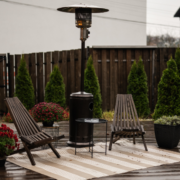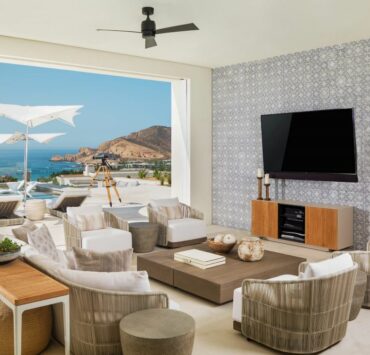For years, I’ve spoken about the continuous change in the industry when it comes to specialty casual retailers. But now it’s here. The number of specialty stores is not growing, and there aren’t many left to begin with.
By our estimate, there are around 300 specialty stores left in the U.S. — given that the International Casual Furnishings Association has around 150 retailer members, and doubling that number is more than liberal to determine how many are left.
That’s not to say the ones who are still around won’t continue to succeed. As I’ve said before, there’s a place for full-line, specialty and big-box stores as well as interior designers. It’s a big industry.
However, I point all of this out so we can collectively change our mindsets and focus on the future of the industry — which has to include full-line retailers and interior designers.
There’s simply so much to learn from other retailers, especially full-line stores and designers, that it’s a disservice to the industry to continue not being inclusive of those players.
Though I have been outspoken about it in the past, I’m not speaking to the selection of specialty retailer finalists for the ICFA’s Apollo Awards — that’s another topic for another editorial.
Rather, I’m stuck on the fact that there’s no full-line recognition at the gala event. These retailers make up such a large percentage of outdoor sales in the U.S. that to have an awards ceremony that doesn’t include them isn’t representative of the entire industry.
For example, Rooms To Go likely makes more in one year from outdoor sales than half of the specialty retailers put together. And they don’t get any recognition from our industry.
Jerome’s Furniture. American Furniture Warehouse. City Furniture. The list of successful full-line retailers goes on. They have so much knowledge to share that if the casual industry opens its arms to them everyone will benefit.
So I propose we welcome them into our industry and talk to them about business. Include them in roundtable discussions and learn what we can from them. Competing retailers are not enemies, and many casual manufacturers are already working with these full-line stores to provide them with the outdoor that they sell so well.
As an industry, we need to stop thinking small. The number of small specialty stores is few and far between. And though it continues to be an important part of the brick-and-mortar channel, it doesn’t represent our industry today.
Smaller stores can learn from bigger ones and find new ways to expand, whether it’s by adding new categories or opening more stores. And that’s the goal of business — to grow.
As we head into the Casual Market in a few weeks, let’s look to the future and to those paving the way for the outdoor category’s success nationwide.








